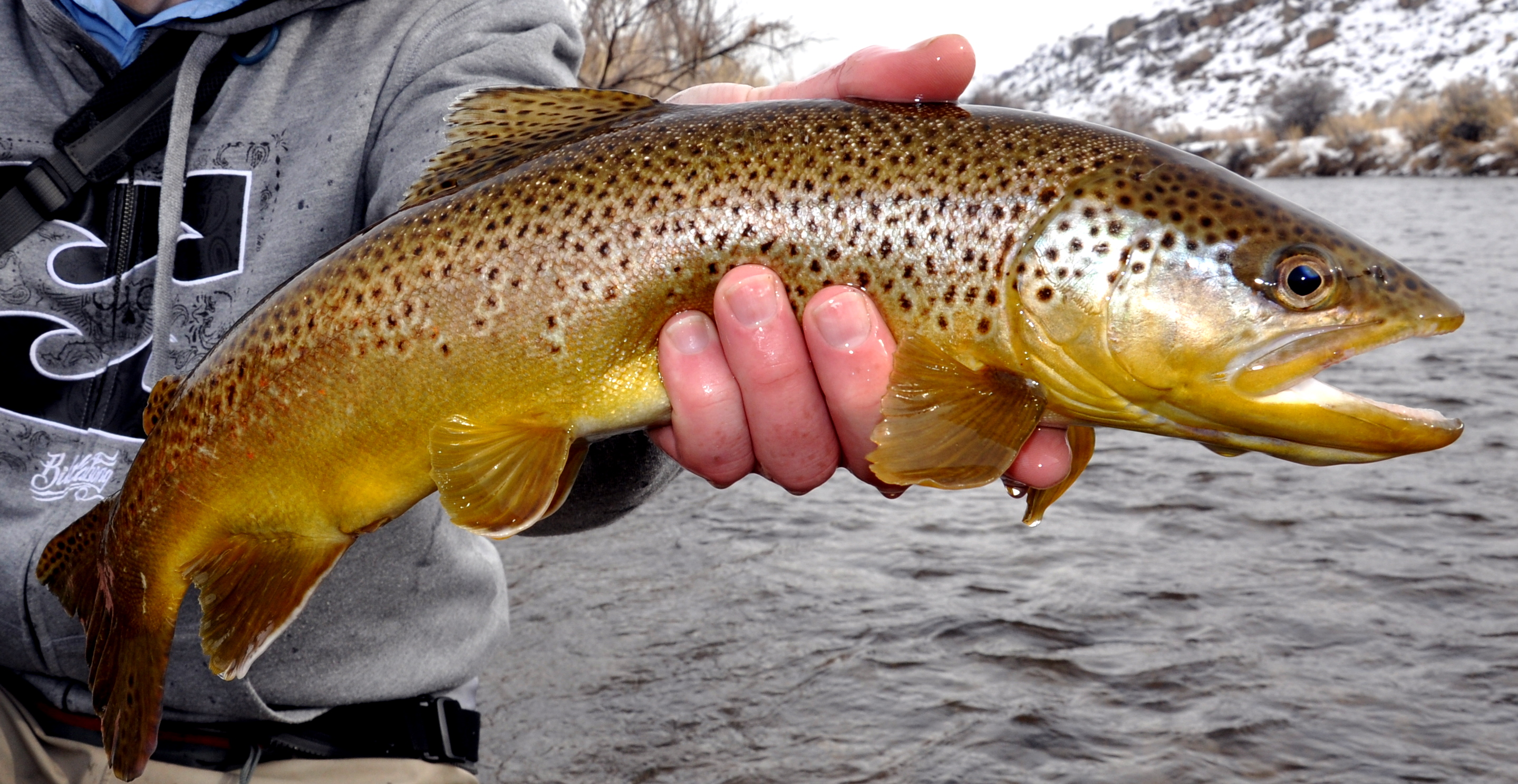The Brown Trout Hearing
The trout’s next line of defence after his eyesight is his ‘hearing’. Most fish do have vestigial or rudimentary ears, concealed beneath the skin at the backs of their skulls, roughly where ours are, but they seem to be relatively insensitive and there is no evidence to suggest that they can pick up and interpret, for example, sounds beyond the water.
Much more important to them are the vibration-sensitive cells located in their lateral lines — those convenient ‘cut here’ dotted lines that run down the centre of each side of the body from head to tail.
Related Articles:
-
The trout’s anatomy and senses
-
The Brown Trout’s Eyesight: An In-depth Study
-
Types of California Trout
-
Play a Hooked Trout
-
The Grayling Fish (Thymallus thymallus)
These cells can detect the slightest resonance — footsteps on the bank or on a bridge or items being dropped or bumped in the bottom of a boat — and are used by trout almost exclusively as an alarm system.
Brown Trouts Taste and Smell
That trout have an adequately developed sense of taste and smell is of greater importance to the Stillwater flyfisher than to those who fish streams or rivers, but is not vital to either.
It seems probable that in lakes and reservoirs, where the fish often have time and opportunity to examine food items at leisure, some smells or flavours may attract them and they may find others repellent.
Certainly they can sniff out sunken trout pellets in a stewpond, and there is some evidence that they find the smell of nicotine, for example, offensive. But in streams and rivers, where the food forms (and our artificial flies) are being swept along on the current and where the fish must decide fairly rapidly whether to take an approaching item or not, it seems clear that they rely almost exclusively on their eyesight for the identification and interception of their quarry.













